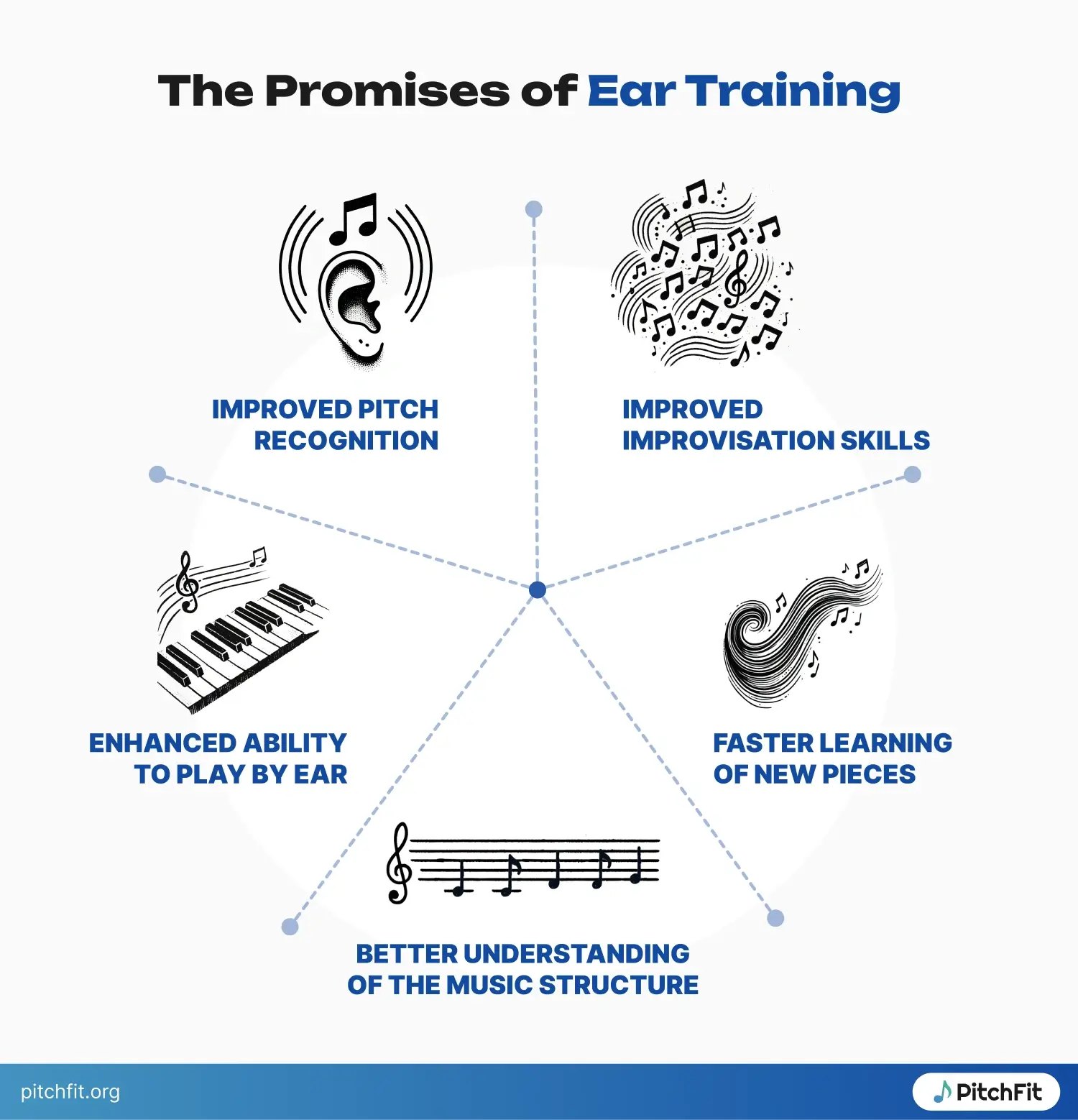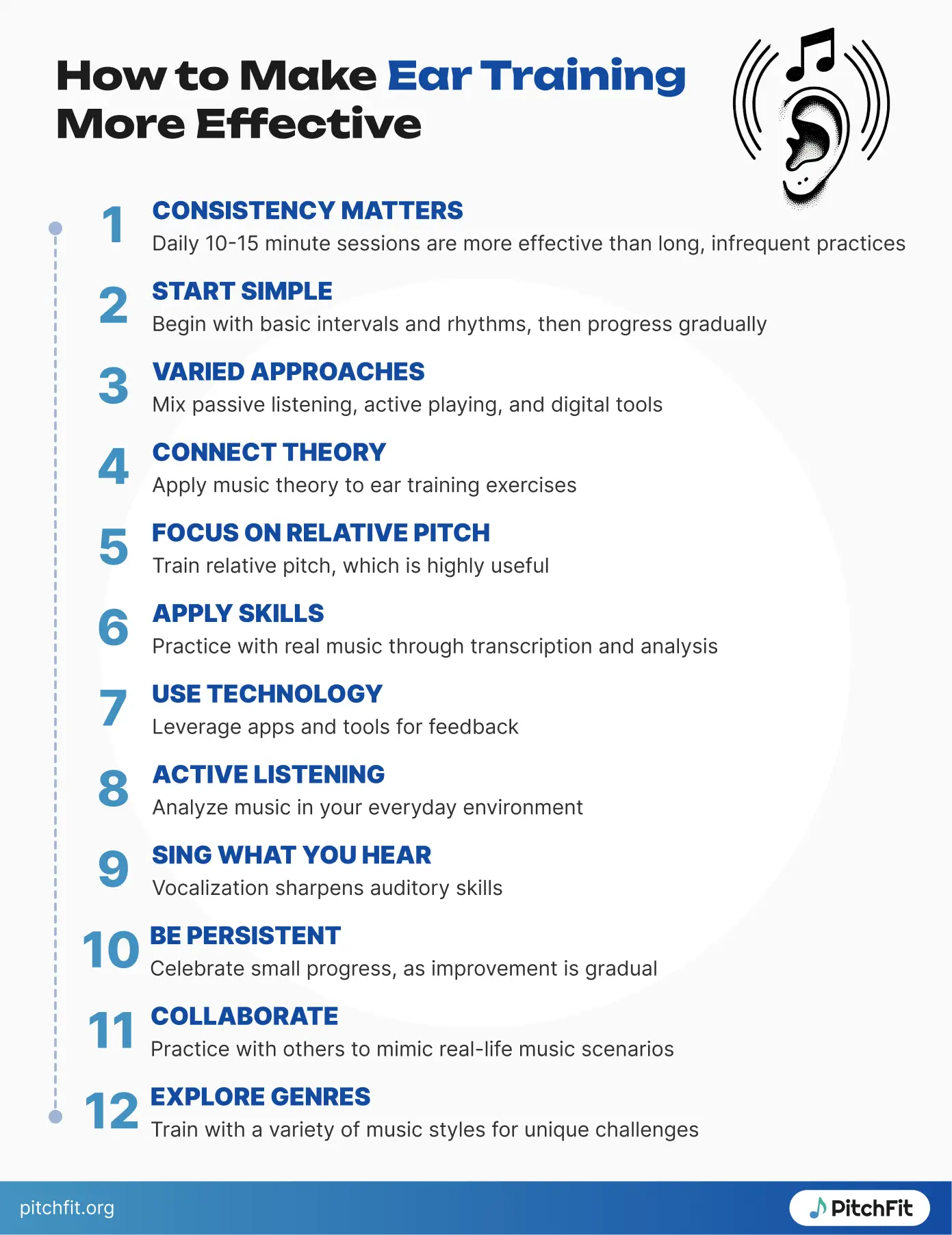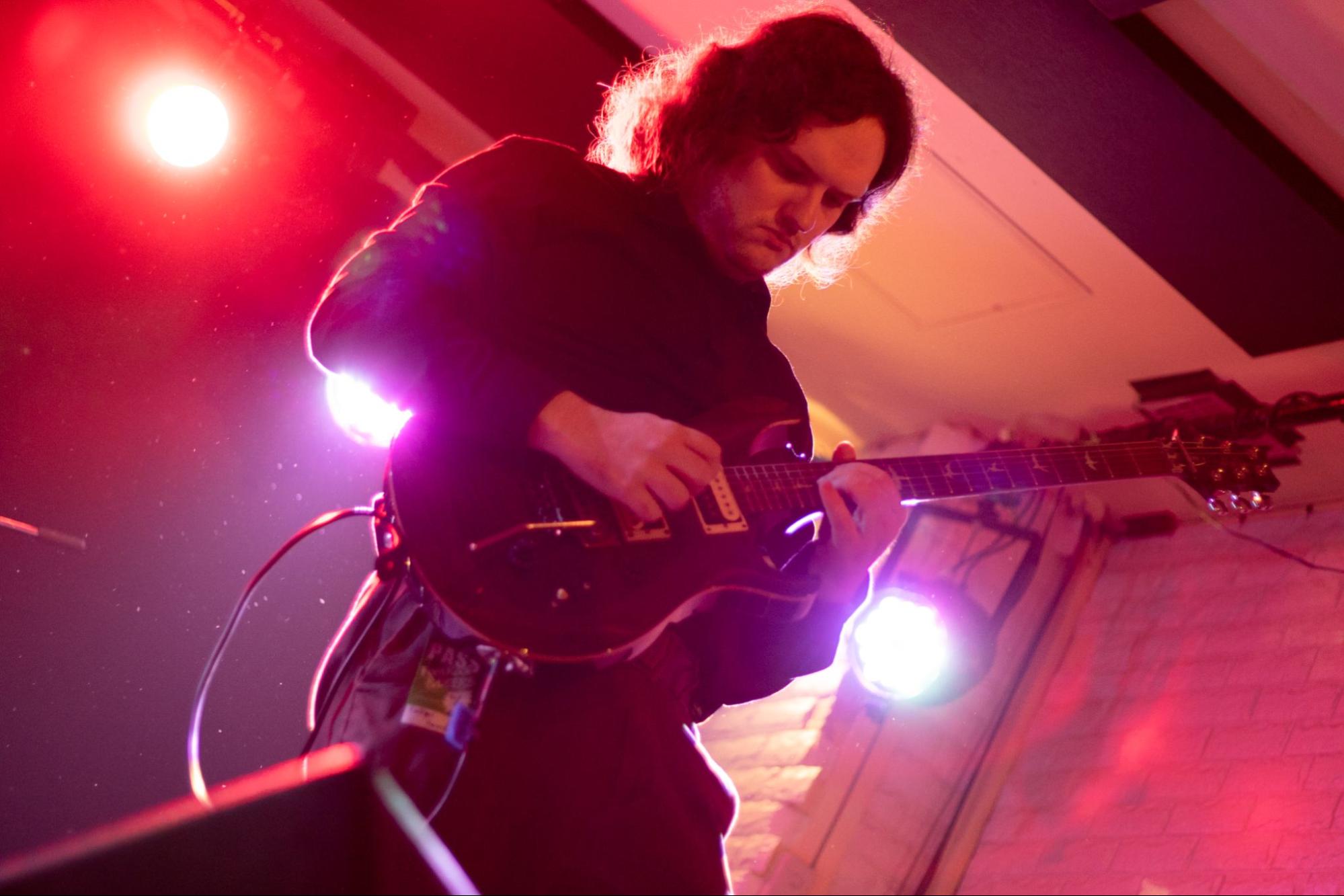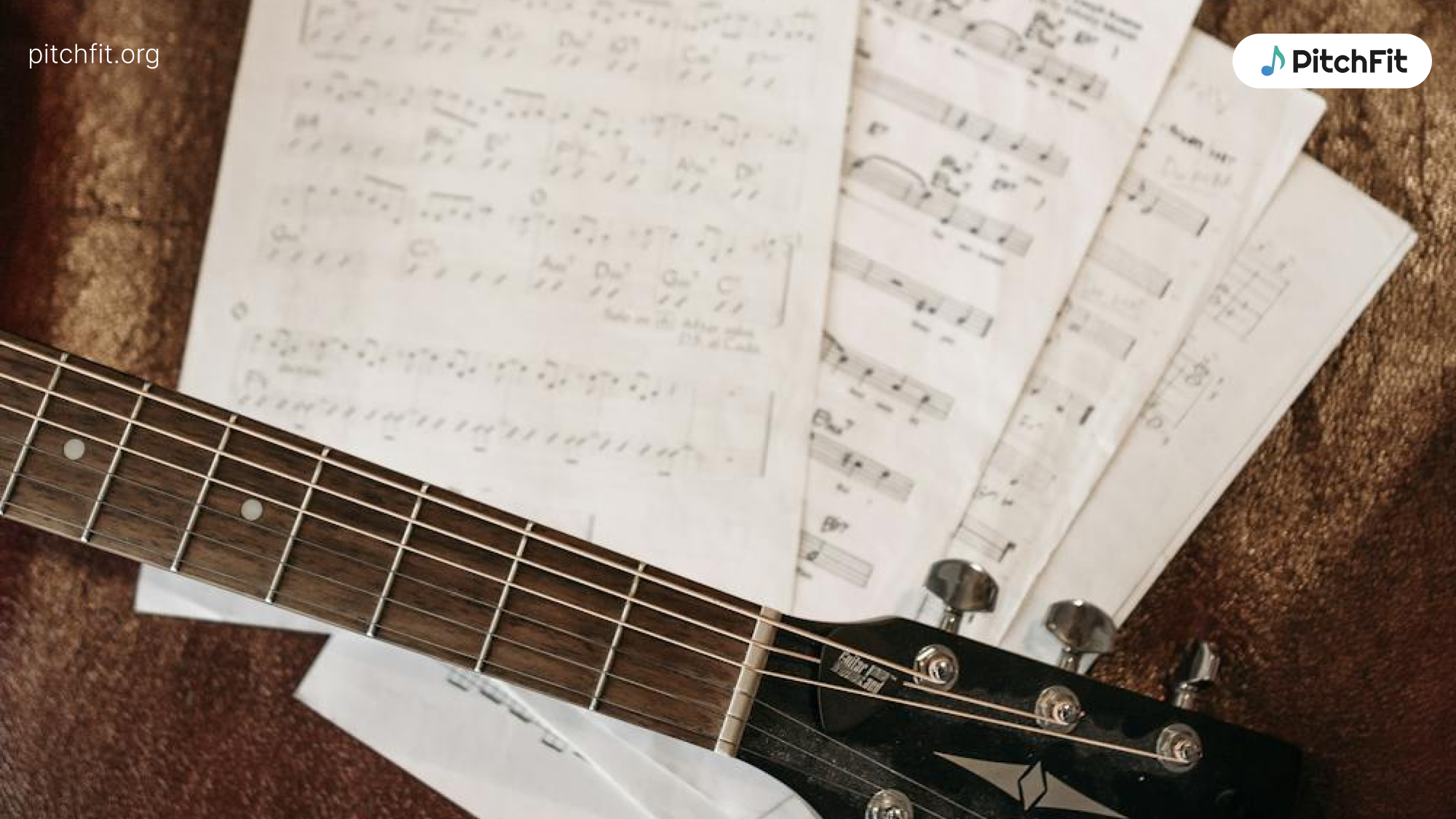Have you ever marveled at musicians who can effortlessly identify melodies, intervals, or even entire chord progressions just by listening? This ability, often referred to as having a "good ear”, isn't some magical gift. It's a trainable skill that can be developed through a process called ear training.
But does ear training actually work? Can it genuinely transform how you play and listen to music?
Let's dive into these questions, peeling back the layers of ear training to reveal not only its profound impact but also the secrets behind mastering this essential aspect of musical education.
What is Ear Training?
Before we dive into its effectiveness, let's define what ear training actually is. Ear training is the practice of learning to identify pitches, intervals, melodies, chords, rhythms, and other basic elements of music solely by hearing. It's a fundamental part of music education that aims to develop a musician's aural skills.
The Promise of Ear Training
Proponents of ear training claim it can help musicians in several ways, including:

- Improved pitch recognition
- Better understanding of musical structure
- Enhanced ability to play by ear
- Faster learning of new pieces
- Improved improvisation skills
But are these claims supported by evidence? Let’s delve deeper into the research and practical applications to find out.
The Science Behind Ear Training
Research in the field of music cognition has provided some fascinating insights into the effectiveness of ear training:
Neuroplasticity in Action
A study published in the Journal of Neuroscience found that highly skilled musicians showed increased neural responses to piano tones compared to non-musicians, demonstrating neuroplasticity – the brain’s ability to adapt and reorganize itself based on experience. This increased neural activity was not observed as strongly for pure tones (i.e., electronically produced sine waves) of the same pitch. While the study focussed on instrumental training, it also supports the idea that general musical training–including ear training–can essentially "rewire" the brain to process musical information more efficiently.
Perfect Pitch and Working Memory
For those aiming to develop their relative pitch skills—the ability to identify notes based on their relation to others–intensive ear training plays a pivotal role. While true “perfect pitch” (also known as “absolute pitch”), the rare ability to identify a note without a reference, is generally not attainable beyond early language development and critical periods during childhood, ear training can still greatly improve a musician's auditory memory and pitch recognition.
A 2011 study published in the journal Psychology of Music found that musicians with perfect pitch often have superior working memory for linguistic tones, such as in Mandarin and Vietnamese. This highlights the close connection between general auditory memory and pitch recognition, suggesting that ear training can improve a musician's ability to retain and recall musical information. It also implies that starting ear training at a very early age could potentially lead to the development of perfect pitch.
The Broader Impact: Language Skills
Interestingly, ear training doesn't just benefit musical abilities. Research published by Northwestern University showed that musicians, through their musical training–including ear training–become more adept at detecting subtle differences in speech sounds.
This crossover into linguistic skills indicates that such musical training strengthens overall auditory processing, which can aid in language learning and comprehension as well.
Training Method Matters
While perfect pitch is often linked to very early musical exposure, other research indicates that relative pitch – the ability to identify the relationship between notes – is highly trainable at any age.
Studies have shown that musicians who engage in interval and chord identification exercises exhibit significant improvements. This shows that the right training methods can yield real results for anyone, regardless of their starting level.
Does Ear Training Make You a Better Musician?
Ear training is undeniably crucial for musicians, as it directly impacts your ability to connect with music on a deeper level. It goes beyond technical mastery, enhancing your ability to interpret, express, and improvise with your instrument. While technical skills are important, it's your ear that tells you how to bend a note to evoke emotion, where to increase volume for dramatic effect, or how to improvise fluidly without sounding mechanical. A well-trained ear empowers you to make these real-time musical decisions, transforming mechanical execution into expressive performance.
Moreover, ear training builds confidence by fostering a more intuitive relationship with your instrument. The joy of spontaneous musical moments – like jamming with friends or effortlessly playing by ear – comes from trusting your instincts, and this trust grows as your ear develops. Imagine being able to hear something internally and then immediately translate that to your instrument. Ultimately, it's the ability to listen, adapt, and respond musically that truly distinguishes great musicians from technically proficient ones.
Does Ear Training Help with Singing?
For singers, ear training isn’t just helpful – it’s often essential. One of the most obvious ways ear training benefits vocalists is through improved pitch accuracy. By training your relative pitch skills, you can sing in tune more consistently. An invaluable skill whether you’re performing solo or with other musicians. This is critical not only for maintaining the integrity of the performance but also for building confidence in your vocal abilities.

Another key benefit is interval recognition, which helps singers easily navigate complex melodies. Many vocalists struggle with hitting the right notes, especially when faced with difficult leaps or unexpected harmonic progressions. Ear training sharpens your ability to identify these intervals, making it easier to stay on track during complex musical phrases. In choral settings or vocal groups, ear training becomes even more crucial as it enhances your ability to blend with other voices, creating a more cohesive and polished overall performance.
For singers involved in genres like jazz, ear training proves invaluable in improvisation such as scat singing. It allows them to improvise confidently over chord progressions, making the performance feel more natural and musically rich. On a more advanced level, ear training helps singers fine-tune their intonation and even make subtle microtonal adjustments – techniques commonly used in genres like blues or world music traditions where bending notes is essential for expressive depth. Lastly, ear training empowers vocalists with the ability to self-correct mid-performance, ensuring they remain in tune even during challenging pieces.
Does Music Theory Help with Ear Training?
The connection between music theory and ear training is powerful, as each discipline complements the other, deepening your overall musical understanding. Music theory offers a contextual framework for the sounds you’re hearing, helping you make sense of music as you train your ear. For instance, if you're familiar with common chord progressions, like the I-IV-V pattern, it becomes much easier to recognise and anticipate these progressions when listening to music. This predictive listening sharpens your ear and enhances your ability to quickly identify musical elements during both analysis and performance.
Music theory also strengthens interval recognition through learning the relationships between notes in scales and chords. When you understand these relationships theoretically, you can more easily recognise them by ear. This knowledge extends to rhythmic structures as well. By learning time signatures and rhythmic patterns, you can better identify and replicate rhythms in ear training exercises, whether they are simple or complex.
Moreover, harmonic analysis becomes more intuitive when grounded in music theory. Knowing the function of chords, such as how they typically resolve, helps you break down complex harmonic patterns by ear. Finally, music theory helps you improve your musical memory. Understanding the theoretical foundation of a piece allows you to remember and recall it more effectively, which in turn helps reinforce your ear training practice. In short, while it’s possible to test and train your ear without formal theory knowledge, combining the two creates a more efficient and holistic learning experience
Does Playing by Ear Help with Ear Training?
Playing by ear and ear training are closely intertwined, with each skill directly reinforcing the other. When you play by ear, you’re engaging in a form of active listening, which is a critical part of ear training. Active listening involves deciphering various musical components such as melody, harmony, and rhythm. If you complement this by trying to replicate what you hear, you are naturally training your ear to isolate and identify these elements, improving your overall musical perception.
The process of playing by ear also provides an immediate, practical application for the skills you’ve developed through formal ear training exercises. As you try to play a song or melody by ear, you’re putting theory into practice, solidifying your understanding of intervals, scales, and chord progressions. The feedback loop is particularly important here – when you play a wrong note or chord, you can immediately recognise this and try again, allowing you to improve with each attempt.
Playing by ear also offers a more engaging and motivating way to learn. Many musicians find that working through a favourite song by ear is more satisfying than abstract exercises. It’s simply more fun. It’s not just about hitting the right notes; you’re also learning to grasp how different musical elements work together in a real context, deepening your overall understanding. As you become more proficient at playing by ear, you start picking up on subtle stylistic nuances, such as rhythmic variations or ornamentations that may not be captured in sheet music.
For musicians who enjoy improvisation, playing by ear is a key skill. As you grow more adept at translating what you hear into notes on your instrument, improvisation becomes more fluid and natural. In this way, ear training and playing by ear work hand in hand, making you not just a more skilled player but also a more expressive and intuitive one.
How to Make Ear Training More Effective
To maximize the benefits of ear training and ensure long-lasting improvement, consider these key strategies:

- Consistency is Crucial: Regular, short practice sessions are more effective than infrequent, lengthy ones. Aim for 10-15 minute sessions daily.
- Start Simple and Progress Gradually: Begin with basic intervals and simple rhythms before moving on to more complex elements. Don’t try to run before you can walk.
- Use Varied Approaches: Incorporate a mix of passive listening exercises, active singing or playing, as well as digital ear training tools.
- Connect Theory and Practice: Integrate your knowledge of music theory into your ear training practice.
- Focus on Relative Pitch: While perfect pitch is rare and likely unattainable, relative pitch is highly trainable and incredibly useful.
- Apply Skills in Real Musical Contexts: Regularly apply your ear training skills to real music through transcription and analysis.
- Embrace Technology: Use ear training apps and software for structured exercises and instant feedback.
- Practice Active Listening: Analyze the music you hear in your daily life, identifying instruments, chord progressions, and rhythmic patterns.
- Sing What You Hear: Vocalization can significantly improve your auditory skills, even if you're not a singer.
- Be Patient and Persistent: Celebrate small victories and understand that progress may be gradual but cumulative.
- Collaborate with Others: Practice with other musicians to challenge yourself and mimic real-world musical situations.
- Explore Different Genres: Each musical style presents unique challenges and opportunities for ear training.
How Long Does Ear Training Last?
Research published in 2013 by Stephen Hedger, Shannon Heald, and Howard Nusbaum from the University of Chicago challenges the idea that perfect pitch (absolute pitch) remains fixed for life. The researchers played slightly out-of-tune music to musicians with absolute pitch, and over time, these musicians started to perceive flat notes as in tune and in-tune notes as sharp. This suggests that even perfect pitch, which was traditionally thought to be a fixed stable, unchanging skill, can shift with listening experience.
This research highlights the brain's flexibility, showing that musical abilities such as perfect pitch are not necessarily set in stone. While perfect pitch can be influenced by exposure to new auditory environments, it also underscores the idea that ear training and listening skills evolve with continued practice and experience. Whether actively practicing or taking a break from music, the brain can adapt and retain pathways developed through earlier training, allowing musicians to improve or adjust their pitch recognition over time.
In short, ear training is a dynamic process, capable of lasting effects, but also subject to change and growth with ongoing experience and exposure.
The Verdict: Does It Work?
Based on both scientific research and anecdotal evidence from countless musicians, the answer appears to be a resounding yes – ear training does work. Thanks to the brain's adaptability, musicians can improve their auditory skills with structured practice, and the benefits go beyond music, possibly impacting memory and even language abilities.
However, it's important to note a few caveats:
- Ear training takes time: Like any skill, developing your ear requires consistent practice over an extended period.
- Results may vary: Some people may progress faster than others, and that's okay. Everyone's journey is unique.
- It's not a magic bullet: While ear training is valuable, it's just one aspect of becoming a well-rounded musician. It should be combined with other forms of musical study and practice.




